Chenyang Bi
Dual-Branch Reconstruction Network for Industrial Anomaly Detection with RGB-D Data
Nov 12, 2023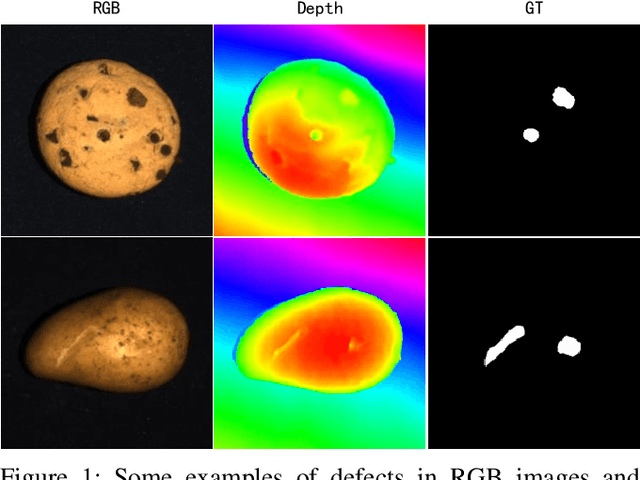
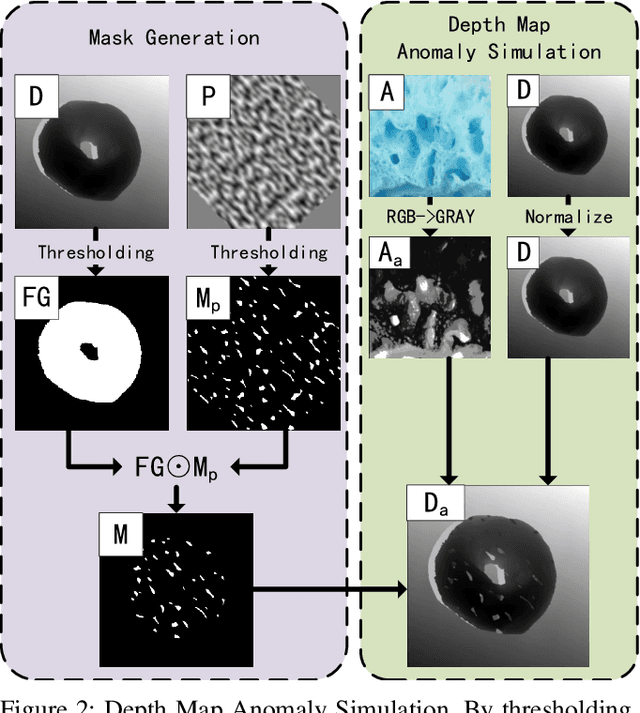
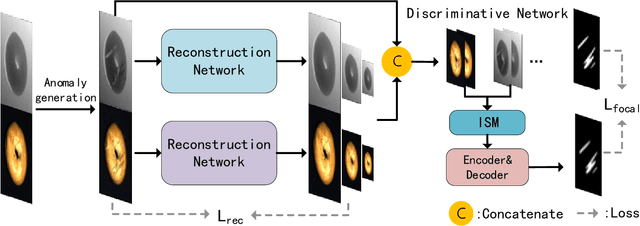
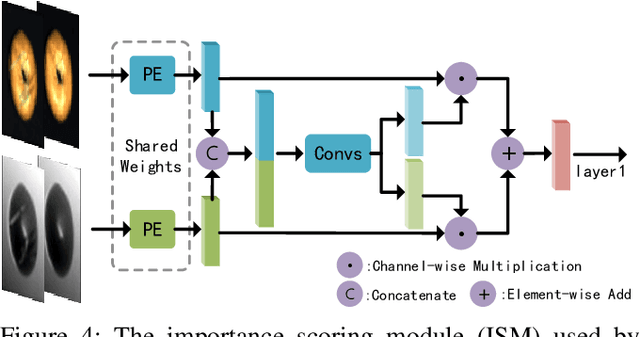
Abstract:Unsupervised anomaly detection methods are at the forefront of industrial anomaly detection efforts and have made notable progress. Previous work primarily used 2D information as input, but multi-modal industrial anomaly detection based on 3D point clouds and RGB images is just beginning to emerge. The regular approach involves utilizing large pre-trained models for feature representation and storing them in memory banks. However, the above methods require a longer inference time and higher memory usage, which cannot meet the real-time requirements of the industry. To overcome these issues, we propose a lightweight dual-branch reconstruction network(DBRN) based on RGB-D input, learning the decision boundary between normal and abnormal examples. The requirement for alignment between the two modalities is eliminated by using depth maps instead of point cloud input. Furthermore, we introduce an importance scoring module in the discriminative network to assist in fusing features from these two modalities, thereby obtaining a comprehensive discriminative result. DBRN achieves 92.8% AUROC with high inference efficiency on the MVTec 3D-AD dataset without large pre-trained models and memory banks.
CL-Flow:Strengthening the Normalizing Flows by Contrastive Learning for Better Anomaly Detection
Nov 12, 2023

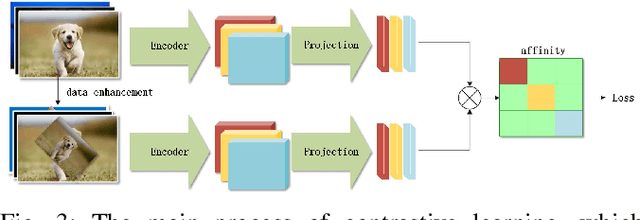
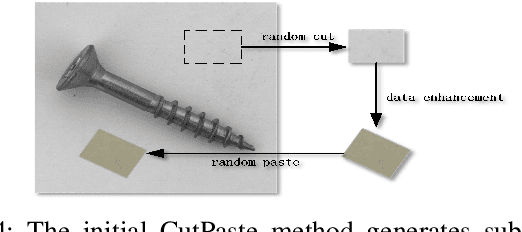
Abstract:In the anomaly detection field, the scarcity of anomalous samples has directed the current research emphasis towards unsupervised anomaly detection. While these unsupervised anomaly detection methods offer convenience, they also overlook the crucial prior information embedded within anomalous samples. Moreover, among numerous deep learning methods, supervised methods generally exhibit superior performance compared to unsupervised methods. Considering the reasons mentioned above, we propose a self-supervised anomaly detection approach that combines contrastive learning with 2D-Flow to achieve more precise detection outcomes and expedited inference processes. On one hand, we introduce a novel approach to anomaly synthesis, yielding anomalous samples in accordance with authentic industrial scenarios, alongside their surrogate annotations. On the other hand, having obtained a substantial number of anomalous samples, we enhance the 2D-Flow framework by incorporating contrastive learning, leveraging diverse proxy tasks to fine-tune the network. Our approach enables the network to learn more precise mapping relationships from self-generated labels while retaining the lightweight characteristics of the 2D-Flow. Compared to mainstream unsupervised approaches, our self-supervised method demonstrates superior detection accuracy, fewer additional model parameters, and faster inference speed. Furthermore, the entire training and inference process is end-to-end. Our approach showcases new state-of-the-art results, achieving a performance of 99.6\% in image-level AUROC on the MVTecAD dataset and 96.8\% in image-level AUROC on the BTAD dataset.
 Add to Chrome
Add to Chrome Add to Firefox
Add to Firefox Add to Edge
Add to Edge